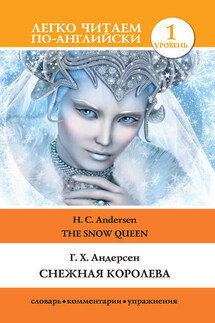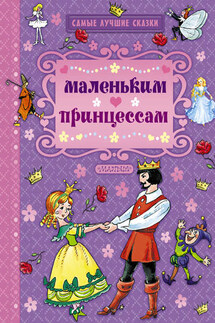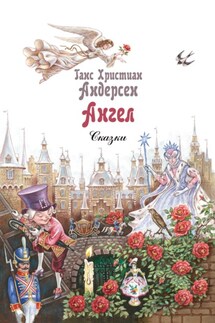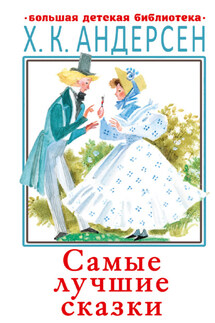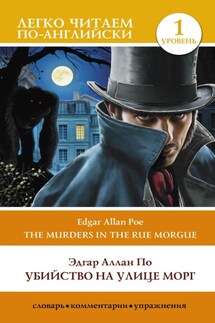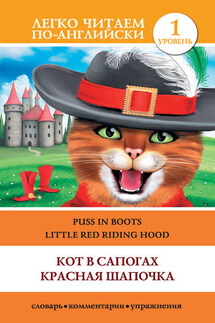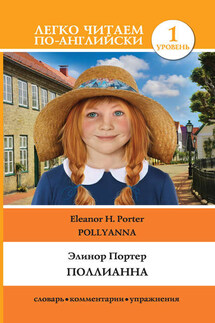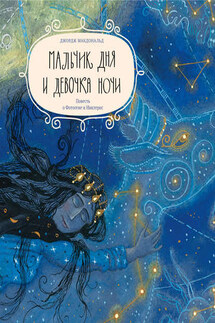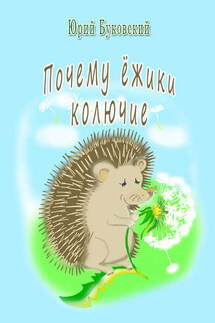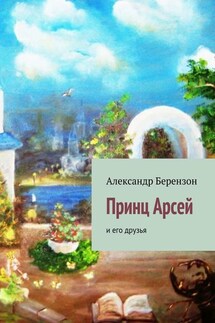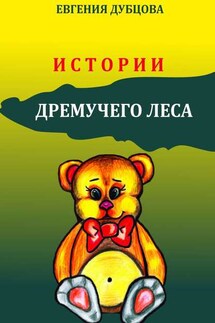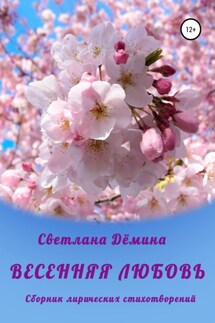In the big town, where there are so many houses and people that there isn’t enough room for everybody to have a little garden, and where most people have to grow flowers in pots, there were two poor children. They weren’t brother and sister, but they were as fond of each other as if they had been[3]. Their parents were near neighbours, living in two attics, where the roof of the one house touched the other: a small window in each house faced the other; you could get from one window to the other in one step.
The parents had, each of them, a large wooden box outside the window, and in it grew kitchen herbs which they used, and also a little rose tree; there was one in each box, and they flourished wonderfully[4]. Then the parents thought of putting the boxes across the gutter[5] in such a way that they reached almost from the one window to the other and really looked like two bunches of flowers. The pea plants hung down over the boxes, and the rose trees twined about the windows and bent over to meet each other, and made almost an arch of leaves and blossoms. The boxes were very high up, and the children knew they must not climb up into them, but they were often allowed to get out to meet each other and sit on their little stools beneath the roses, and there they used to play very happily.
In winter, of course, that pleasure was gone. The windows were often quite frozen over; but then they would heat copper pennies on the stove, and then put the hot pennies on the frosty window, and this made a small peep-hole, one out of each window; the little boy’s and the little girl’s. The boy’s name was Kay and the girl’s name was Gerda.
“Those are the white bees swarming,” said the old grandmother once in winter, looking at the falling snow.
“Have they got a queen too?” asked the little boy—for he knew that the real bees have one. “Indeed, they have,” said grandmother, “she is the biggest of them all, and she never stays still on the ground, but flies up into the black cloud. At winter nights she flies through the streets of the town and looks in the windows, and then they freeze into wonderful patterns, like flowers.”
“Can the Snow Queen get in here?” asked the little girl.
“Let her come!” said the boy, “and I’ll put her on the hot stove and she’ll melt.”
One evening, when little Kay was at home, he climbed up on the stool by the window and peeped through the little hole. A few snowflakes were falling outside, and one of them, the biggest of them all, was lying in a corner of one of the flower-boxes. It grew larger and larger, and at last turned into a lady, dressed in a white dress, which seemed to be made out of millions of snowflakes. She was very pretty and delicate, and she was made from ice, but she was alive. Her eyes were like two bright stars, but there was no rest or quietness in them. She nodded towards the window and beckoned with her hand. The little boy was frightened and jumped down off the stool.
